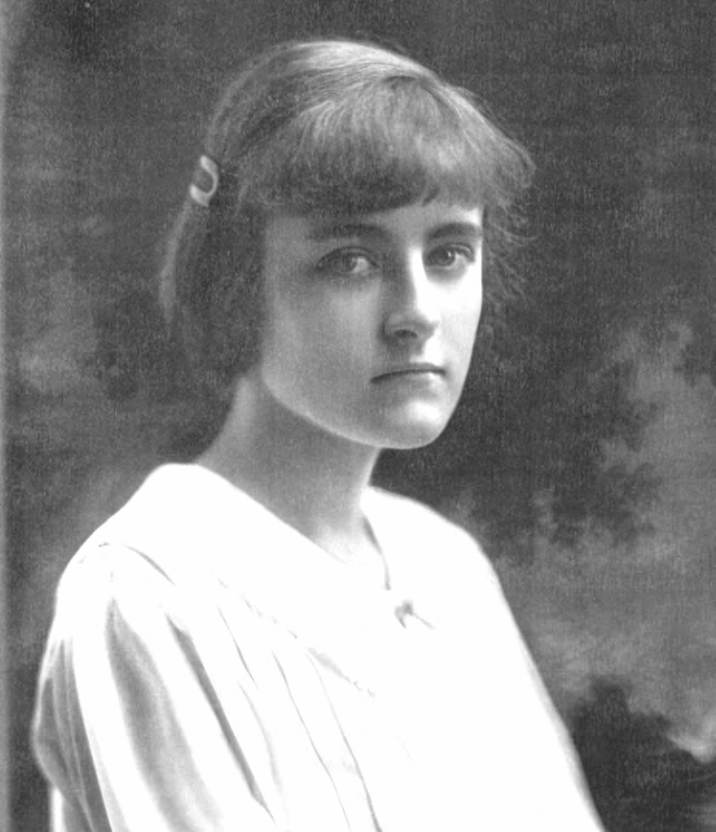Basic HTML Version

36
winter
|
spr ing
passing, his death brought forth a slew of previously unknown relatives
all claiming a piece of the estate. Three sisters in Butte, Montana, said he
was their father. That claim was put to rest when another William Clark
in Butte said he was their father and then promptly died, silencing any
challenges to his confession. Then fourteen Australians sought a share
of his wealth, claiming they were related through a common ancient
ancestor in Ireland. Luckily for the family, the challenges came to naught.
Clark’s will stipulated that his art collections should go to the
Corcoran Museum in Washington, D.C. because that museum was
willing to dedicate a gallery to his collection. The Corcoran also received
the Salon Doré, the historic receiving room he purchased in France and
installed in his New York mansion. Other charities included bequests
to the Masonic homes at Helena and Deer Lodge, the YWCA in Los
Angeles, and the New York Kindergarten Association. He left Anna the
house in Santa Barbara and $2.5 million. The remainder of his estate was
left to his children to be shared equally. The Commercial Trust Company
of New Jersey was named trustee for Huguette’s share. Clark’s pride and
joy, his Fifth Avenue mansion, was sold and razed to make way for an
apartment building three years after his death.
Bellosguardo
in Santa Barbara
Back in 1886, a quiet and private man named George Booth came to
Santa Barbara after having served in the Civil War and as a regular on the
frontier. He purchased the property on the bluff east of the salt marsh and
built a simple Victorian home. Over the years, his land became known as
Booth’s Point.
Booth, who had taken up lodgings in town with Doctor Henry
Stambach in 1902, sold his property to William Miller Graham the
fantastic views of the Santa Barbara beachfront but the city-owned salt
pond was unsightly and odiferous. In 1928, Huguette offered Santa
Barbara $50,000 to turn the area into a fresh-water bird refuge named for
her sister Andrée.
In 1932, in the early years of the Depression, Anna E. Clark hired
Reginald Johnson to design a new wing for
Bellosguardo.
When the
workmen thanked her for providing them with employment during that
difficult time, she created her own WPA project. She had the old house
razed, and hired Johnson to design a whole new house in its place as well
as several accessory buildings.
By 1940, the property contained the 42-room residence, a large
garage, multiple servants’ quarters, a barn, a beach house, kennel and a
thatched roof play cottage. There was also an outdoor theater and large
circular rose garden with a central fountain. In its heyday, the staff included
25 gardeners, two painters, two plumbers, two electricians, a butler, and
a chauffeur. Anna also hired Albert H. Hoelscher to oversee the whole
operation and commissioned a two-story home for him and his family.
During WWII, sentries patrolled the bluff top of the estate and it
became a district air raid headquarters. Anna Clark, concerned for the
safety of her staff and their families after the Japanese attack at Ellwood
and for their sustenance due to wartime shortages, convinced Thomas M.
Storke to sell his TMS Ranch in the Santa Ynez Valley to her. She renamed
following year. Graham, an oil tycoon from Tulsa, Oklahoma, and his
wife Eleanor built a grand mansion designed by Francis Wilson on Booth’s
former lands. They named it
Bellosguardo,
and though they traveled
extensively, were soon involved in local society and held many brilliant
parties. In 1921, Eleanor and William divorced and two years later
Eleanor sold
Bellosguardo
to the Clarks.
After William died in 1925, Anna E. Clark and Huguette continued
to visit Santa Barbara and participated in its social life.
Bellosguardo
offered
Louise Amelia Andrée Clark shortly before she died of meningitis in 1917 (Courtesy of
Copper King Mansion)

